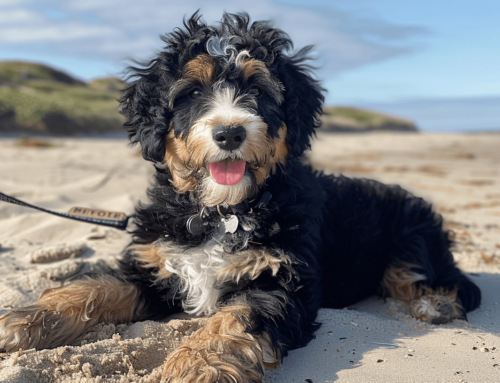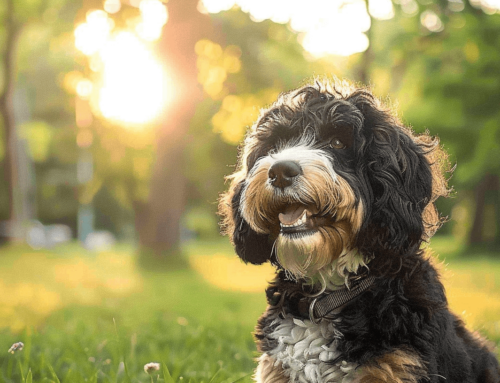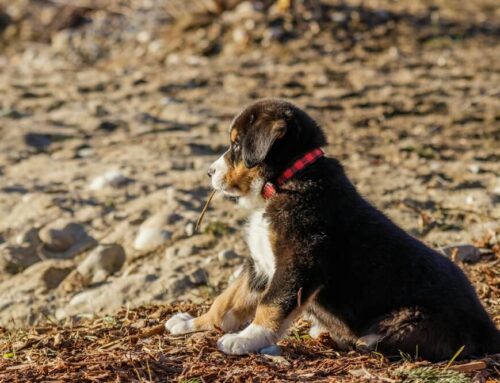Puppies are adorable and fun to watch, but training a puppy can be a challenge. Puppies are smart and eager to learn, but they also have a lot of energy. They love to play and explore, and they’ll want to follow you around wherever you go. If you’ve ever had a dog before, you know that puppies are hard to control.
Training a puppy is a long process, but if you stick with it, you’ll see positive results. In this article, I’m going to teach you how to train a puppy step by step.
If your pup has been properly socialized from the start, he should already understand basic commands like sit or stay. But even though most dogs will respond well to these simple commands at first, there may still be some issues later on in life. For example, when you take him for his first walk, he might run off into traffic instead of walking calmly beside you. Or maybe he gets excited about other animals while out playing, so now he barks whenever someone walks past our house. These problems aren’t necessarily bad; they just mean that we need to work harder to get through them.
The good news is that once you figure out what kind of behavior problem your puppy has, you can fix it! You don’t have to give up on your new pet because he isn’t perfect right away. With patience and practice, you can turn any issue into something great. So let’s begin learning how to train a puppy.
Table of Contents
1. Start early
You probably won’t realize it until after you bring home your puppy, but starting training too late could make things worse. Your puppy needs time to develop strong instincts and habits. He doesn’t know anything yet except for following you everywhere, eating everything, and sleeping all day. It takes several months for a young puppy to become fully trained.
2. Set rules ahead of time
Before bringing your puppy home, think about which behaviors you would like to change.
For instance, do you want your puppy to stop jumping up onto counters and tables? Do you want him to calm down when people come over? Would you prefer that he not jump on guests or strangers? Once you decide exactly what you want to accomplish, write down those expectations clearly. Then set boundaries for yourself: “I expect my puppy to behave himself during visitors, but I’m willing to tolerate small mistakes as long as he learns quickly.” This way, you’re setting clear guidelines for both of you.
3. Be consistent
Consistency is key to teaching your puppy new skills. When you tell your puppy to sit, then reward him every single time he does it. Don’t wait until he sits perfectly before giving him praise — keep rewarding him immediately. The same goes for staying, sitting nicely, coming back, rolling over, and many more important lessons.
4. Reward consistently
When you show your puppy an action he likes, give him a treat. And remember to use treats sparingly. Too much food rewards your puppy for doing nothing, which makes him lazy. Instead, offer one tasty morsel as a reward for each task completed correctly.
5. Use lots of repetition
Repetition helps build muscle memory. Every time your puppy performs a certain command, repeat it again and again. Eventually, he’ll perform the behavior automatically without thinking about it.
6. Practice often
Practice makes perfect, especially when it comes to puppies. If you only try to teach your dog once per week, he’ll forget half of what you taught him. Try practicing twice a day for the best results.
7. Make sure everyone understands
It’s easy to assume that your family members are familiar with your instructions, but sometimes they miss details. To avoid confusion, explain everything thoroughly to everyone who interacts with your puppy. That includes friends, neighbors, relatives, babysitters, teachers, and anyone else who spends time around your pooch.
8. Keep track of progress
Once you’ve started working together, record your successes and failures using a chart. Write down whether your puppy performed the desired behavior or not, along with the date and time. After a few weeks, look at your notes to find patterns. Are your puppy’s actions improving? What kinds of situations cause him to act differently than usual? By tracking your success, you can adjust your methods accordingly.
9. Give extra attention
Puppies love being praised. They learn faster when their owners notice them and pay special attention to them. Praise your puppy frequently throughout the day, such as when he greets you upon returning home, when he plays fetch, or when he rolls over.
10. Remember that puppies grow fast
Your puppy’s brain grows rapidly between eight and twelve weeks old.
Click here to read our article on how to stop puppies biting.








